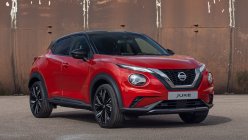Currently, the Republic of the Philippines has a lot of national highways such as NLEX (North Luzon Expressway), SCTEX (Subic Clark Tarlac Expressway), and TPLEX (Tarlac Pangasinan La Union Expressway). These highways were constructed to ensure that long-distance travelers can reach their destination at a shorter time than the usual.
That is because each national highway in the Philippines also helps you to avoid bicycles, tricycles, pedicabs, tuktoks, and foot traffic commonly found on provincial or local roads. Likewise, these highways have a high minimum speed requirement and are spacious enough to accommodate more cars.
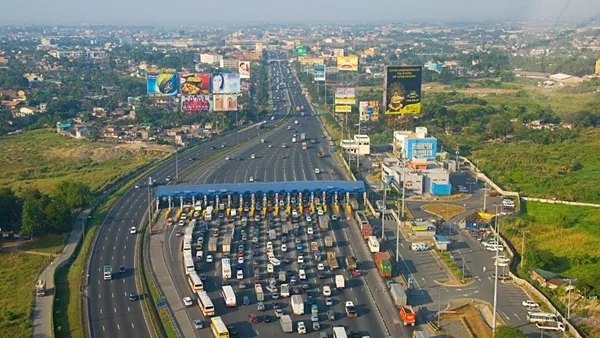
The national speed limit is higher
With that being said, even if the road is wider, you must make sure that you still practice basic road courtesies. This Philkotse.com will focus on the common courtesies forgotten or unpracticed by most national highway drivers. That way, you and the other drivers will have a smooth and safe driving experience.
1. Driving on national highway tips
Driving on the any of the Philippines national highways might be a little different, especially when it comes to comfort than when driving on regular or provincial roads. However, you would still find insensitive and annoying drivers. Do you want to be one of them? If not; keep the following reminders in mind:
1. Stick to the set speed range
As mentioned, the purpose of using the country’s expressways is to shorten your travel time from one province to another. As such, there is really no reason for you to drive like you are sightseeing. Stick between the set minimum and maximum speed limit, unless traffic is slow such as during holidays when almost everyone is traveling a long distance.
You can also slow down when a car is merging towards your lane. Not only will you be a courteous driver, but you are also ensuring your safety as well as the safety of your passengers and the other car’s driver and passengers.
>>> Read more: Speed limit law Philippines: Know it, follow it.
2. Keep the overtaking lane empty
Passing over or overtaking a car in front of you is unavoidable; same goes with you being overtaken by the car behind you. That is because the speed of the one in front might be a little slower than the speed convenient to the other driver.
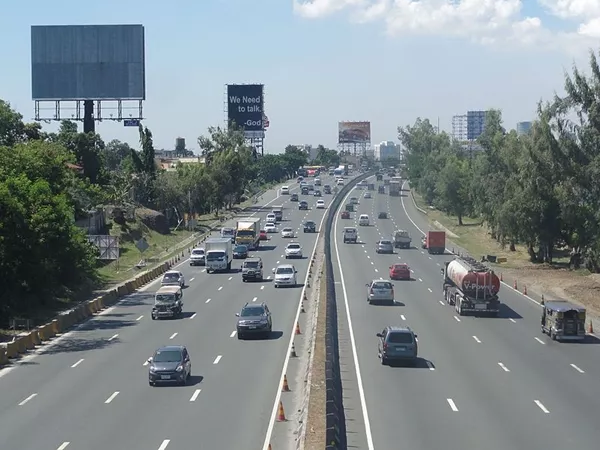
Every highway has a designated overtaking lane
In expressways, there are designated overtaking lanes, which are on the left side, similar to standard roads in the country. These lanes must be kept empty so that anyone can safely overtake anytime they need and want to.
Unfortunately, as you might have observed, if you’ve been driving a long distance for quite some time, most slow drivers stay on the overtaking lane. This is not only insensitive but also dangerous since drivers at the back might choose to move to the right lane, instead of using the designated passing lane.
3. Have proper toll gate manners
Each national highway or expressway has toll gates for particular exits, and for each gate, you need to pay a certain amount. Before approaching the gates, make sure you already know which gate you should enter. Be mindful of the signs, especially since they are large enough to be seen from a distance.
Additionally, make sure that you don’t change toll gate lanes last minute. While waiting in line, it is also best to start preparing the toll gate fee. This way, you wouldn’t spend too much time in front of the cashier, causing delays.
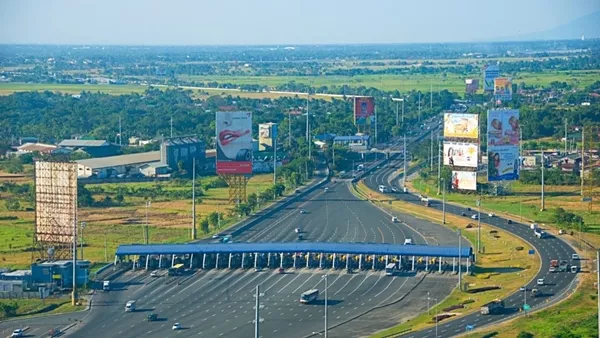
Be patient and alert when approaching the toll gates
4. Be mindful of your exit gate
As mentioned, there are multiple exit gates in each expressway, and your exit will depend on your provincial or city destination. Therefore, each card or ticket you receive from the toll gate attendant is labeled for you to know how many more gates you need to enter for you to reach your exit point. Additionally, highways have signs everywhere and will tell you the distance of one exit from your current location.
With that in mind, make sure that you are mindful of your surroundings, especially the signage around you. You should also familiarize yourself with the exits by studying the card or ticket prior to leaving the toll gate attendant. Remember, you are driving at a high speed so changing lanes quickly will be dangerous.
5. Observe proper signal light and mirror use
Using your signal light and looking at your side and rearview mirrors are among the driving basics. Sadly, most Filipino drivers ignore or fail to do such things. They just change lanes and turn without providing a signal to the driver at the back, as well as checking if it is safe to do so.
This is most especially true when they’re driving on national highways because most of the time, there are only a few cars and the road is wide enough.
>>> Super important: A drivers' guide to the traffic signal lights in the Philippines.
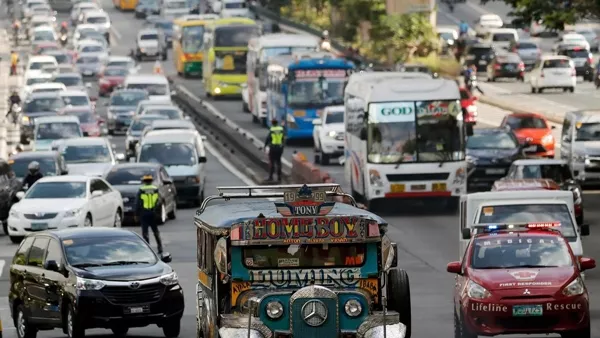
Never ignore your car mirrors and signal lights
That is not only illegal but also dangerous. Always check your mirrors to make sure it is safe to navigate to a direction. You must also use your signal lights, whether or not there is a car behind you.
2. Be courteous when driving on a national highway in the Philippines
As a driver, your purpose is not just to reach your destination on time but to arrive safely and without harming anyone and damaging anything on your way.
Driving on a national highway in the Philippines should not be seen as an opportunity to be the “Fast and the Furious” driver you’ve always dreamed of. Neither is it a chance for you not to observe road courtesy just because there is much room for everyone.
>>> You might concern: Safe driving: Top 5 tips to overcome the fear of driving.
Follow basic driving rules and regulations, be observant, and have the presence of mind even if the other drivers are not. Be the driver other drivers will appreciate, and if you’re lucky, they might even learn from you! Who knows, right?
Have a safe and smooth long-distance travel!
Recent posts
- Car lights and the importance of checking them regularly Nov 30, 2022
- Driving in Manila: Beating rush hour blues and avoid road rage Sep 10, 2019
- Reckless Driving in the Philippines: All about its consequences, penalty & more Aug 25, 2021
- Safe driving: Top 10 tips to avoid headlight glare at night Sep 11, 2019
- How to adjust rear-view mirrors for a safe drive Jul 06, 2018


